Homeownership gives us a great sense of pride, joy, satisfaction—and stress. The right tools will help lower your blood pressure.
And best of all, they’ll do it without breaking the bank. Consider that the average cost of an electrician is $40 to $100 per hour plus a $75 call-out fee, while a plumber will cost you $45 to $150, with a master plumber costing $100 to 200 per hour with a flat call-out fee of $200 to $250 for the first hour. Even a handyman will cost you $50 to $80 per hour on average. Something as simple as changing out a faucet yourself can save you $120 to $250. That’s a lot of money you can put into some quality tools.
Before we go any further, it’s important to mention that you'll also want to get the basic protective gear: eye and hearing protection and a good pair of gloves.
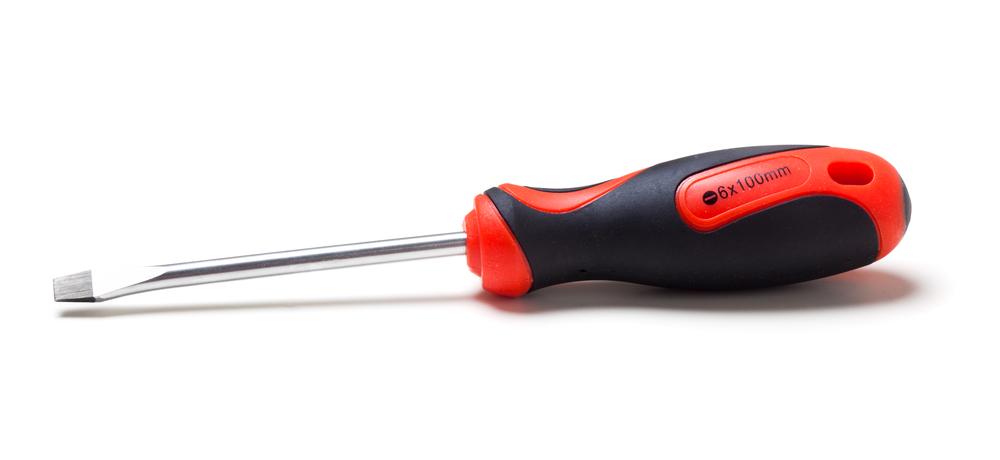
‘Pass Me a Screwdriver’
The “daddy” of all screwdrivers is the slotted (aka flared or flathead) screwdriver. It can be used for everything from changing out a light switch to opening a paint can; if you watch YouTube, you’ll see that people even start cars with them. So why do we need any other? Because slotted screwdrivers can slip.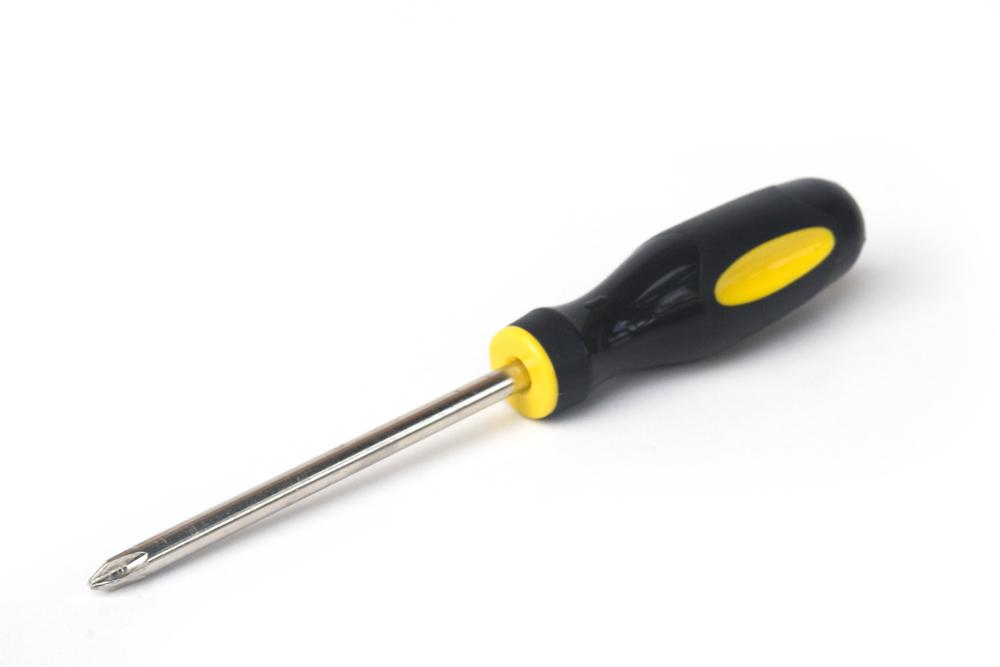
That’s the reason many things use a Phillips screwdriver, from furniture to appliances. A Phillips can slip as well, but only at a certain point of torque, which is part of its design to ensure you don’t over-tighten a screw.
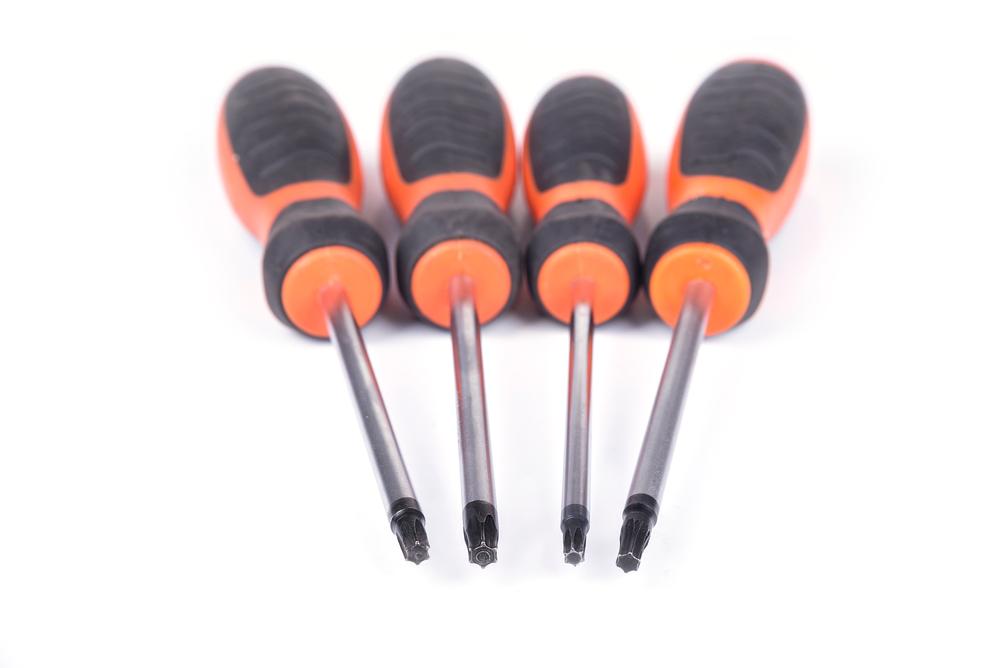
These are all you may ever need, but if you want to be a little more comprehensive, get a set with Torx and hex (aka Allen wrench) heads. While everyone recognizes the flat screwdriver and the cross-hatch design of the Phillips, hex and Torx heads drive people crazy. Simply put, hex heads are the six-sided tips and Torx heads are the star-shaped ones.
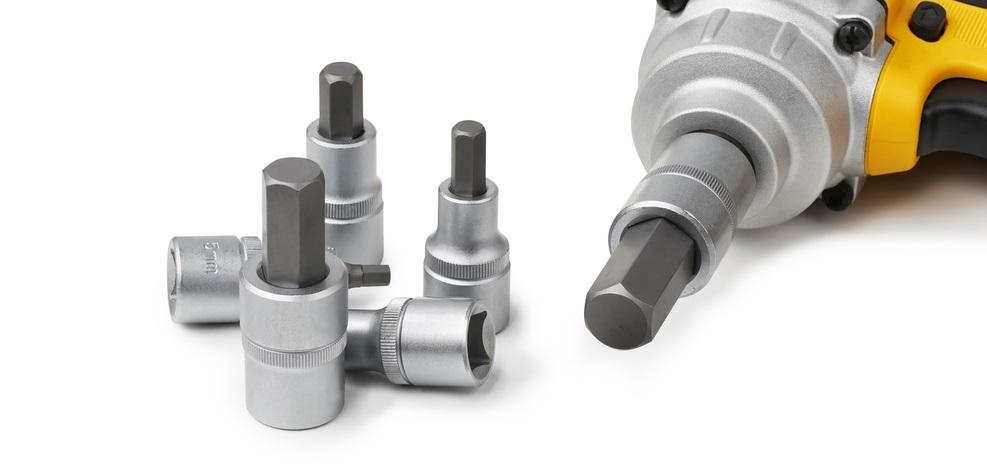
Get a Grip
At the very minimum, you need a set of pliers that includes needle-nose, slip joint, Channellock tongue and groove, and diagonal-cutting pliers. With these tools, you can pull out nails, cut wire, replace a showerhead, and do most things around the house.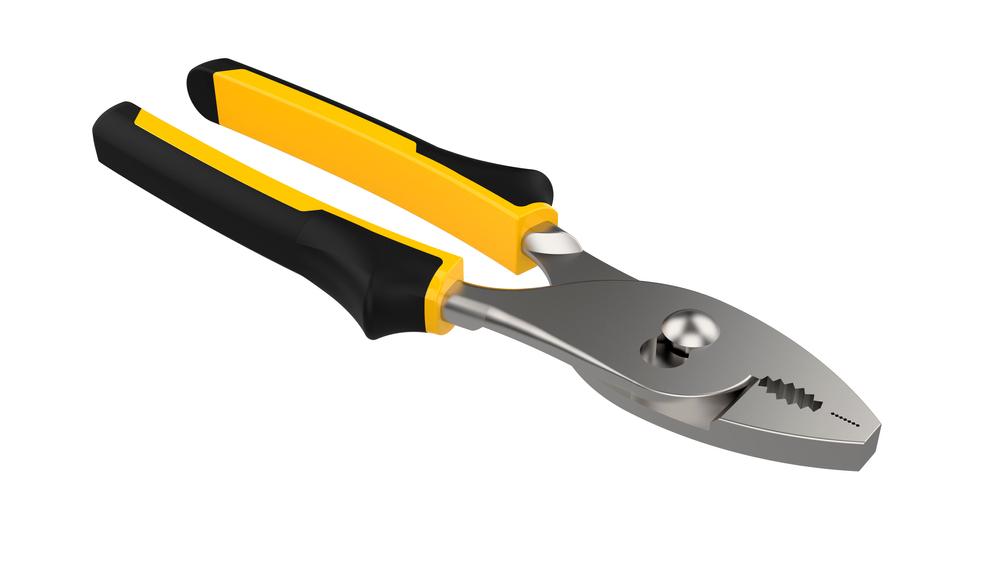
Needle-nose pliers are excellent for bending electrical wire and gripping things, while slip-joint pliers are great for loosening tight nuts, bending sheet metal, and removing stuck nails. Channellock tongue and groove pliers take care of plumbing, while diagonal-cutting pliers are an electrician’s best friend for cutting wire.
Some sets may come with vise-grip-style locking pliers, lineman’s pliers, and adjustable wrenches to increase versatility.
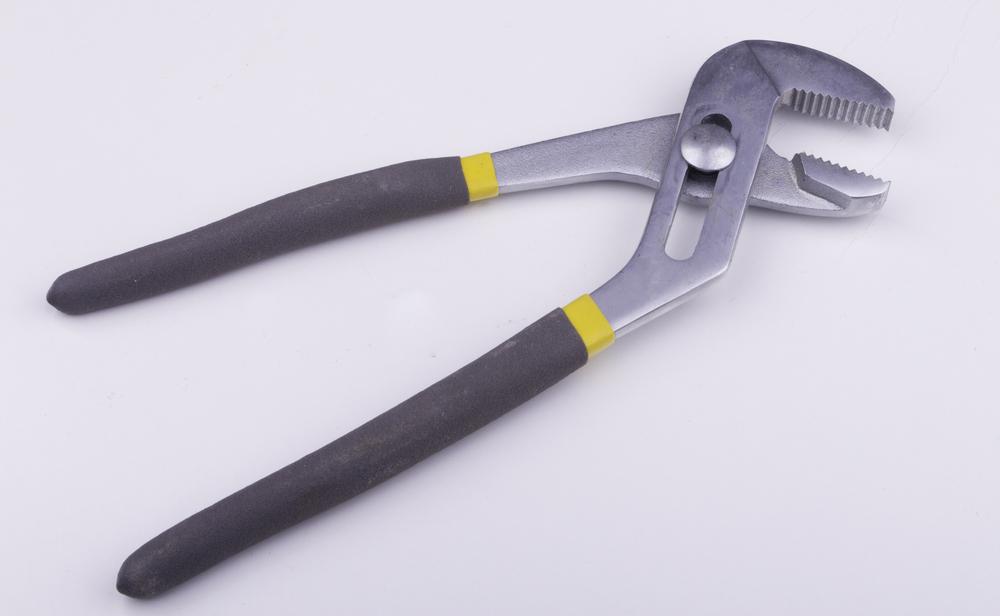
Depending on your to-do list, you may want to also consider a set of box wrenches or ratchets that will come in handy when dealing with nuts and bolts. Be sure to get them in standard and metric to be ready for every situation.
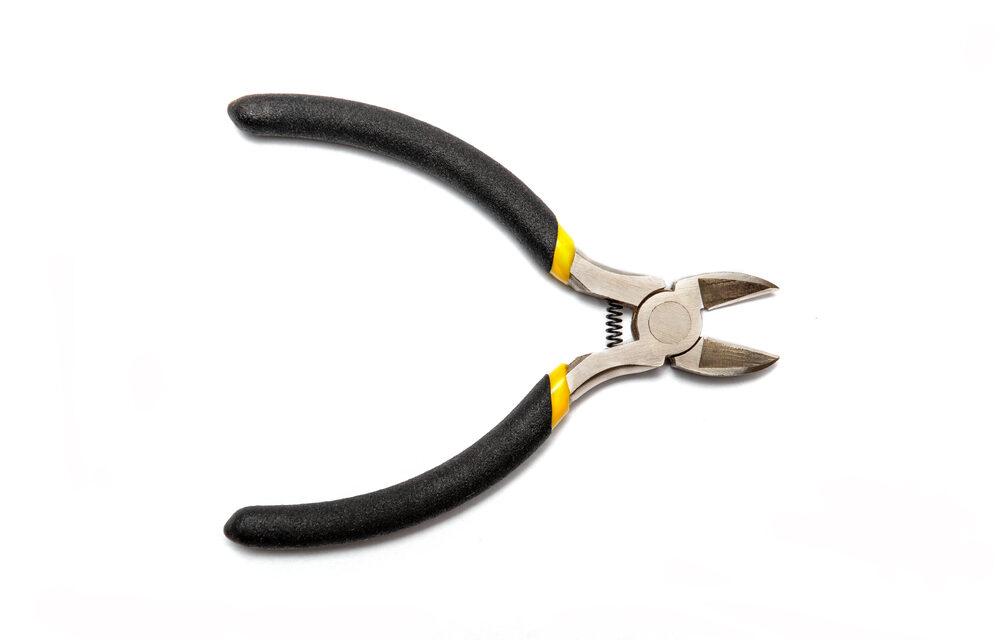
Hammering Home the Point
America couldn’t have been built without claw hammers. This one tool can hang a picture without damaging the wall and build a treehouse in the backyard. It pulls nails, specializing in those that inevitably get bent as you’re hammering them in, and does double duty as an impromptu crowbar.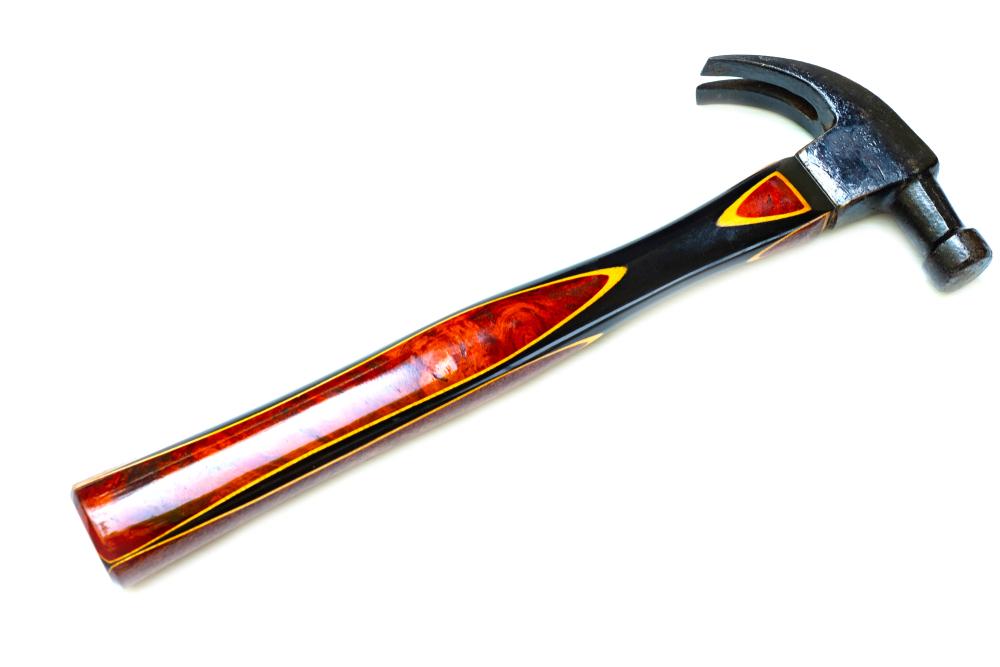
Standard curved claw hammers are available in various weights, from seven to 20 ounces. The heavier the hammer, the greater the impact on the nail head. That brings us to the framing hammer, a 20- to 32-ounce beast that can build a house, but can also lead to surface dents. Straight claw hammers (aka ripping claw hammers) are the best for demolition and come in 20-to-32-ounce sizes.
Buy the best hammer you can; lightweight fiberglass and shock-absorbing features pay off in the long run. If you’re doing anything beyond light tasks around the house, opt for a heavy-duty model that can drive large nails into hardwood.
Consider a rubber mallet for when you want to apply force without scarring the surface, such as when assembling a bathroom vanity.
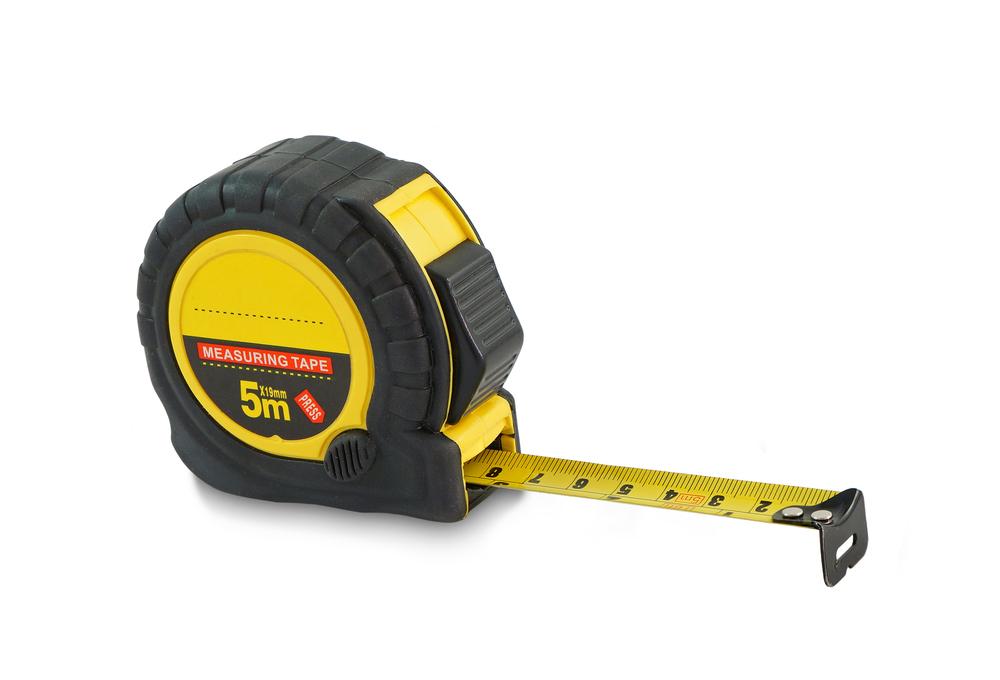
Accurate Figures
The importance of a tape measure is apparent even before you buy your first home, as you’ll want one to measure the size of the rooms at the various properties you’re looking at. Choose a model that will hold up over years of use with easy-to-read numbers and a minimum length of 25 feet. The lip at the end of the tape should move back and forth slightly to accommodate taking inner and outer dimensions.A laser distance measure is particularly useful in tight and awkward spaces, and prices have come down in recent years.
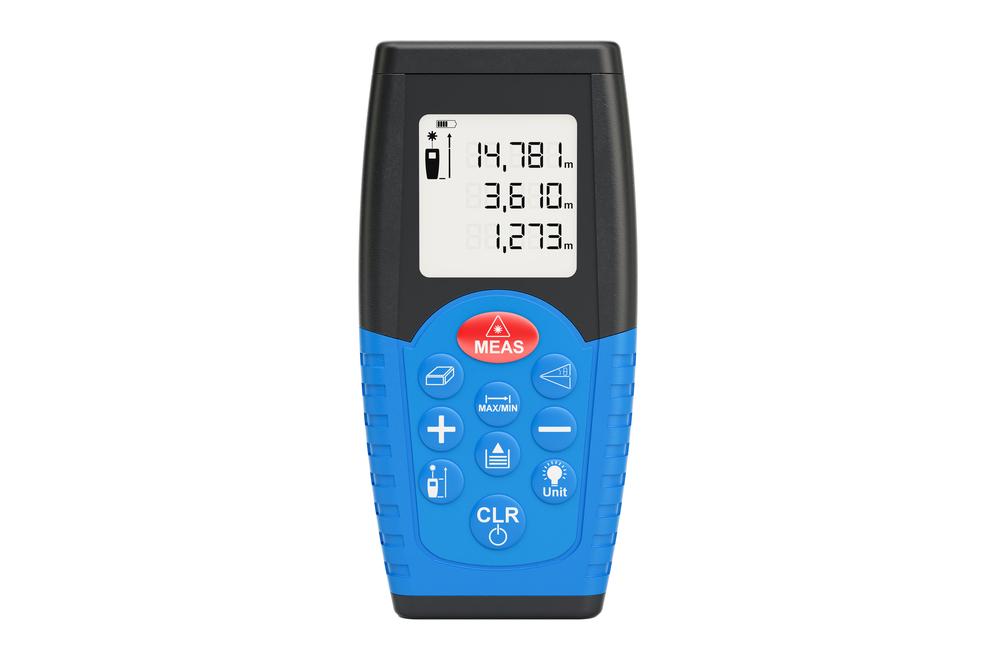
While you’re at it, grab a bubble level for picture hanging and shelf installation. Laser models are available here as well, with a cross-line level system being the ultimate for hanging floating shelves.
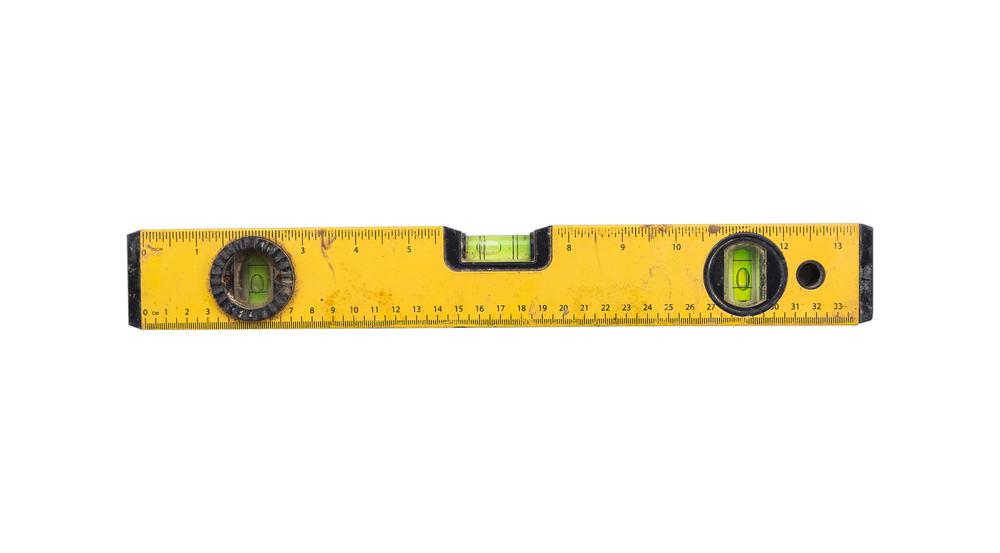
Dealing With Heights
A 4-foot step ladder will help you get to most places, but you may want to consider investing in a multi-position ladder from the get-go. These ladders, also called combination or articulating ladders, feature multiple locking positions that allow them to compact for storage and transport and telescope varying heights. They can be configured for use as a 90-degree ladder, twin step A-frame ladder, stairway step ladder, and roof ladder. Some can be paired to work as a support for scaffolding.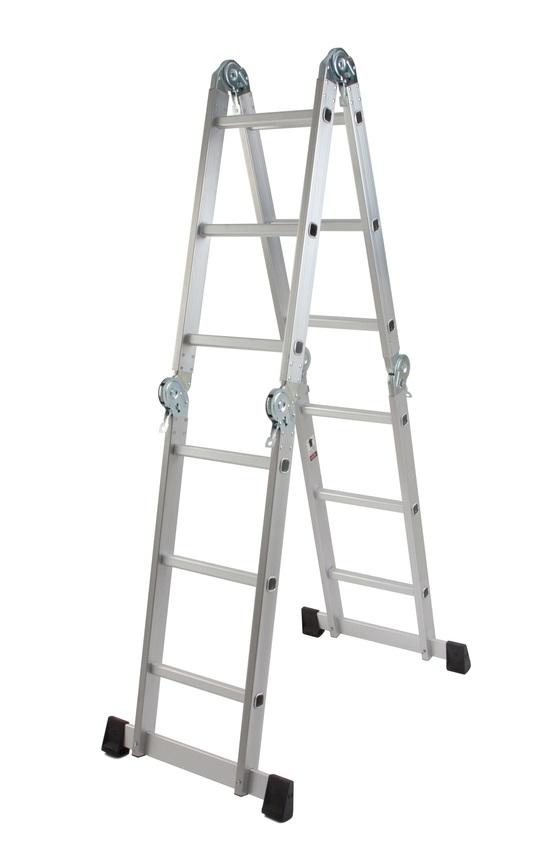
Additional Assets
Still got room in your tool chest—and more importantly, your budget? Add a stud finder (you definitely want to know where the wires are when nailing or screwing into a wall), a decent pair of wire strippers, and an extension cord or two.From fixing a plumbing leak to checking out the roof, having the right tools will change your life.

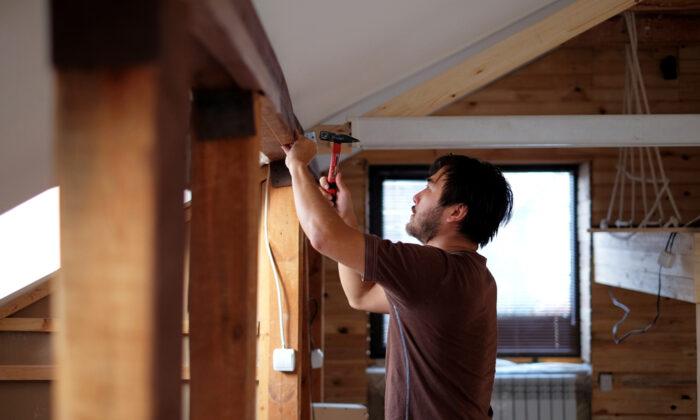




Friends Read Free